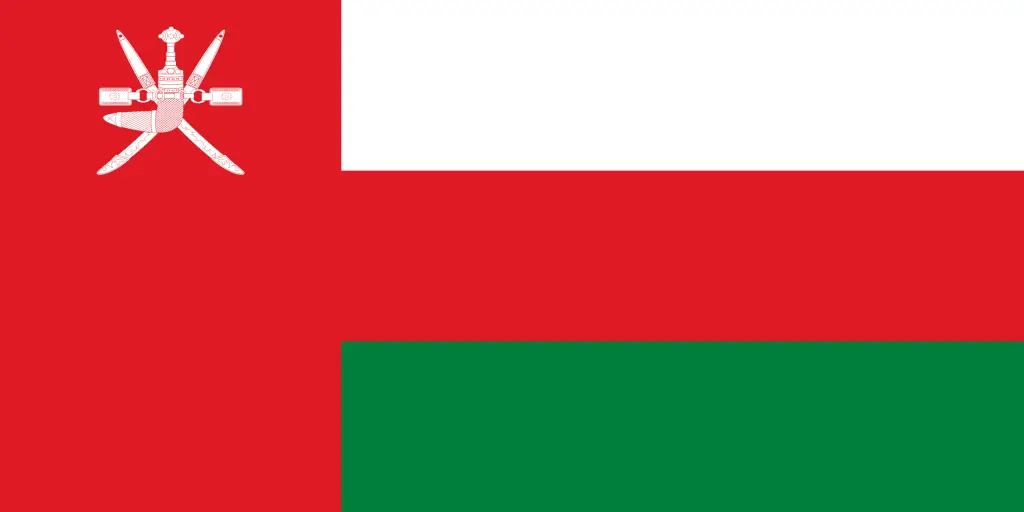Country Information
| Sovereign State | Yes |
| Country Codes | AE, ARE, 784 |
| Official Name | United Arab Emirates |
| Continent | Asia |
| Capital | Abu Dhabi |
| Government Type | Federal Absolute Monarchy |
| Currency | United Arab Emirates Dirham (AED) |
| Calling Code | +971 |
| Member Of | United Nations, Gulf Cooperation Council, Arab League |
| Population | Approximately 9.8 million |
| Total Area | 83,600 square kilometers |
| Highest Point | Jebel Jais (1,934 meters, 6,345 feet) |
| Lowest Point | Persian Gulf (0 meters, 0 feet) |
| GDP Per Capita | USD 43,103 |
| Life Expectancy | Around 78 years |
| Internet TLD | .ae |
United Arab Emirates National Anthem
Ishy Bilady (Long Live My Nation)
Long live my nation, the unity of our Emirates lives.
You have lived for a nation whose religion is Islam and guide is the Quran.
I made you stronger in God’s name, oh homeland.
My country, My country, My country, My country.
God has protected you from the evils of the time.
Flags of Neighboring Countries


History of the United Arab Emirates Flag
The flag of the United Arab Emirates, adopted on December 2, 1971, when the UAE was formed, is a symbol of Arabian unity and independence. The flag was designed by a young Emirati, Abdullah Mohammed Al Maainah, and it incorporates the Pan-Arab colors red, green, white, and black, which have historical significance in the Arab world.
The colors each have specific meanings: green represents fertility, white symbolizes peace and purity, black stands for the defeat of enemies, and red signifies strength and bravery. These colors also reflect the common bonds with other Arab countries, as they are used in many Arab nations’ flags.
The flag has undergone no major changes since its adoption in 1971, indicating a period of relative stability and unity in the UAE. The design of the flag was a result of a competition to choose a flag for the new federation. The chosen flag reflects both the cultural heritage of the Emirates and the unity of the seven emirates that make up the country.
The flag is a powerful symbol of the UAE’s sovereignty and pride. It is flown on government buildings, residences, and during public and private events. The flag also plays a significant role in national celebrations, particularly UAE National Day, which commemorates the union of the emirates. The flag’s representation of unity and the country’s rapid development since its formation has made it a source of pride for Emiratis and a symbol recognized worldwide for its association with wealth, development, and architectural marvels.

